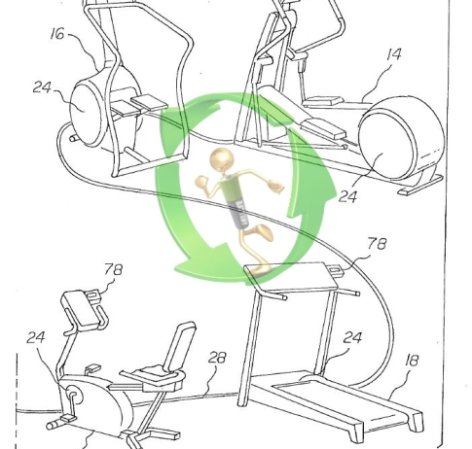

Any green home worth its weight in compost draws heavily on solar energy. Mine is equipped with all the standard offerings, such as a solar-powered boiler, the subject of my last column. Trouble is, the sun doesn’t always shine. So to make up the difference during cold, dark winters and rainy spells, I’m turning to another eco-friendly energy source: my backyard. The two 325-foot-deep geothermal wells I’m boring there will use the constant 50°F temperature of the Earth at that depth to meet all my extra heating and cooling demands.
A geothermal heat pump works like a regular heat pump, only it pulls heat out of the ground instead of the air. During the winter months, the pump circulates a mix of water and glycol (antifreeze) into the wells through loops of pipe. The fluid absorbs warmth from the ground and travels back up to the pump, which absorbs the extra heat, compresses it to make it even warmer, and then transfers it to the heat exchangers inside the tanks that supply my hot water and radiant heating. In the summer, the process reverses, with the pump sending water and glycol into the pipe to help cool the house.
The upfront costs of geothermal are steep. I paid $16,800 for the whole installation, even after the tax credit [see “Get Green for Going Green”] and doing some of the work myself. But the system should pay for itself within six years. Geothermal is four times as efficient as fossil-fuel-burning furnaces and twice as efficient as a conventional air conditioner. And unlike gas and oil, the price of dirt is steady, so my energy bill won’t spike with the market.
Next up: building energy-efficient windows.
The Specs
House: 3,500-square-foot, four-bedroom contemporary
Location: Greenwich, N.Y.
Project: Geothermal heat pump
Cost: $16,800 (after tax credit)
Time to install: 5 days
Eco-advantage: No emissions; consumes 33 percent less electricity than typical HVAC systems

Get Green for Going Green
Need a little financial motivation to tackle those eco-friendly home renovations? Look no further than Uncle Sam. Thanks to the American Recovery and Reinvestment Act of 2009, otherwise known as the stimulus bill, it’s never been a better time to green your living space. As of last January, homeowners are eligible for a 30 percent federal tax credit for energy-efficient upgrades and purchases on everything from windows and insulation to HVACs and biomass stoves.
The deal is sweetest for efficient heating and cooling equipment like geothermal pumps and solar panels. You’ll receive a 30 percent rebate on the full cost of your investment, including installation. John’s $24,000 geothermal setup, for instance, comes to $16,800 after taxes. The same rule applies to solar heaters and wind turbines. And the credit stays in effect until 2016, so there’s plenty of time to save up for the big project.
The tax credit for smaller, “building envelope” items is less generous and expires at the end of 2010. This category, which includes things like energy-efficient insulation, windows, metal or asphalt roofing, and central A/C units (no window units, unfortunately), is capped at $1,500. Of course, you’ll still see plenty of savings on your monthly energy bill.
To qualify for the credits, all products must meet the energy-efficiency guidelines established by the Department of Energy, so check out the DOE’s Web sites energy.gov/taxbreaks.htm and energystar.gov before you shop. For even more savings, be sure to inquire about additional local and state credits, as well as rebate programs from your energy supplier. —Carina Storrs






















